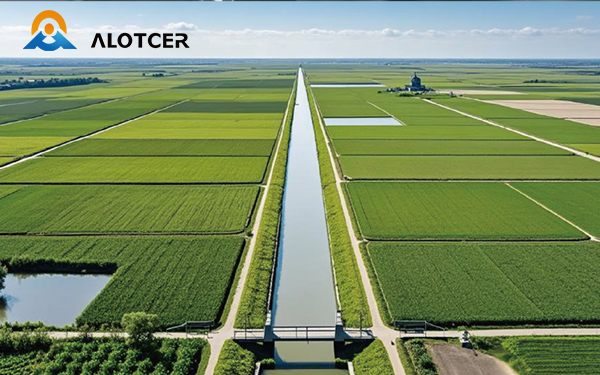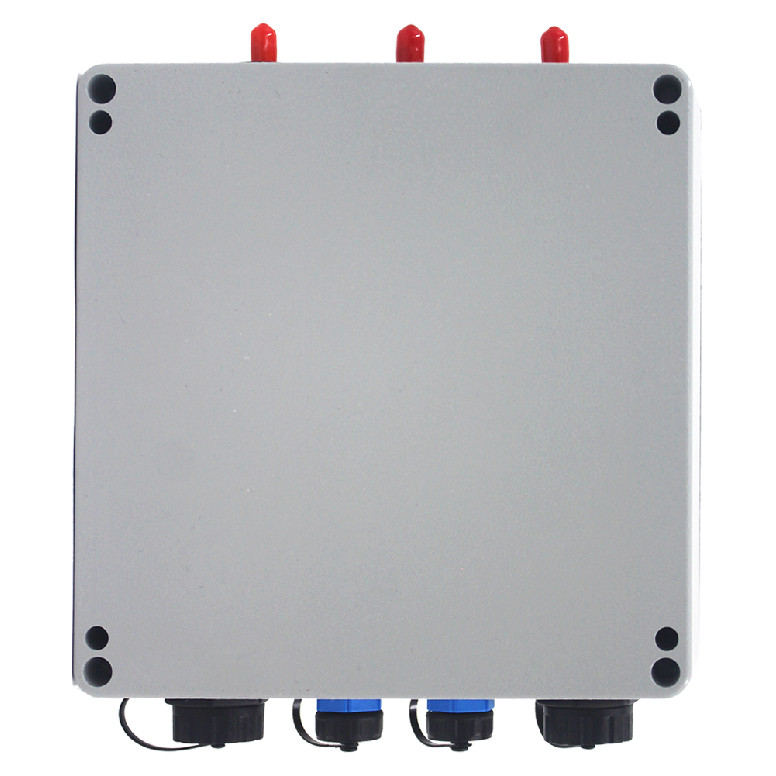Background
For global climate change and water resource pressure, the Internet of Things, remote sensing and big data technologies are integrated to achieve real-time monitoring, prediction, warning and scientific scheduling of core elements such as hydrology, meteorology and water volume, and provide precise support for flood prevention and disaster reduction, water resource optimization and government decision-making.
Features
The principle of water conservancy and rainfall monitoring involves on-site RTUs collecting data from various sensor devices, generating protocols and reporting them to a hydrological platform for recording, analysis, processing, evaluation, optimization, and early warning.
Front-end: The RTUs connect to rain gauges, flow meters, and cameras using interfaces such as pulse, RS485, AI, and Ethernet.
Communication: Utilizing 5G, 4G, and other methods, they connect to regional irrigation district platforms for data reporting.
Back-end: The RTUs collect and report data such as rainfall, water levels, and images to the irrigation district platform for subsequent data processing and analysis.
Main functions involved: RS485 data acquisition, I/O acquisition, data processing and storage, protocol conversion, and transmission.
System Function
 Topology
Topology 
Solution Advantages
Provide a complete solution: sensors + RTUs + management platform + data reception platform
Our company provides unified after-sales and commissioning services for all equipment and platforms
Equipped with an independent data reception platform, you can monitor on-site data reception status at any time
Use our management platform to remotely manage on-site RTUs

















 Topology
Topology 








